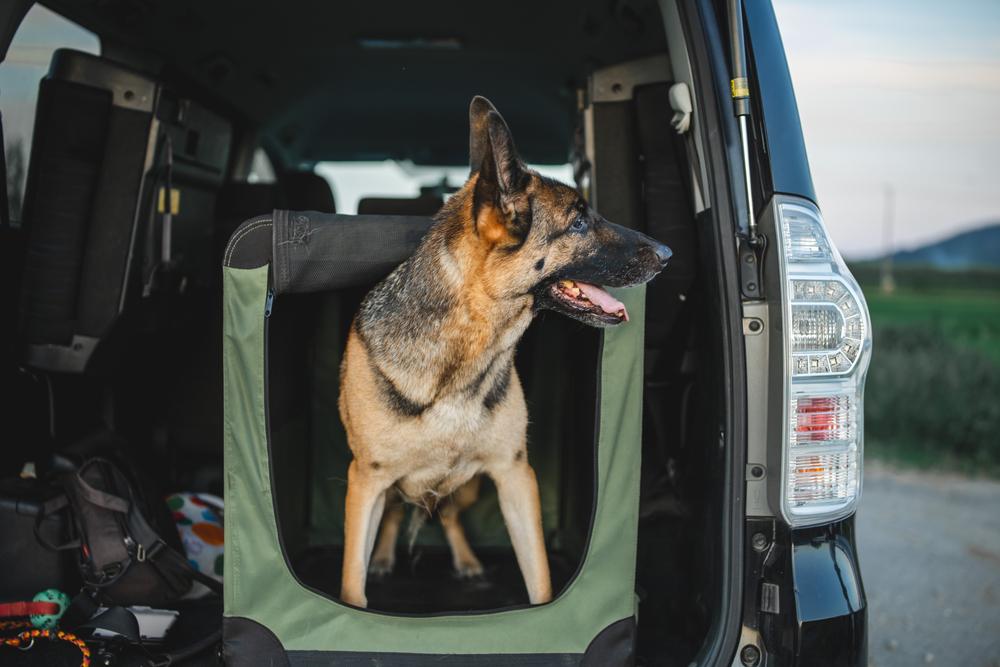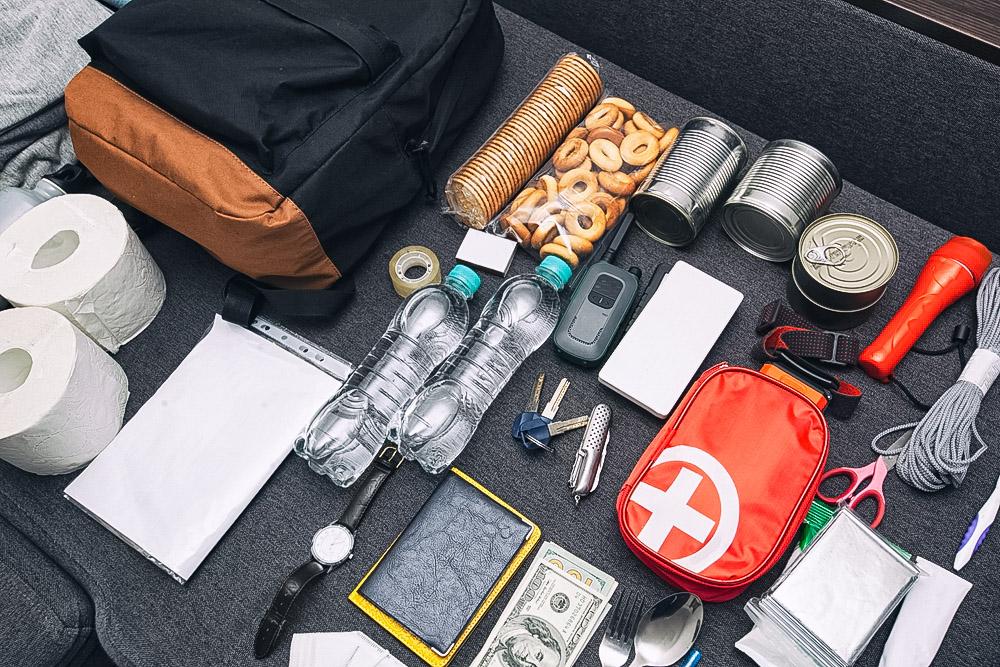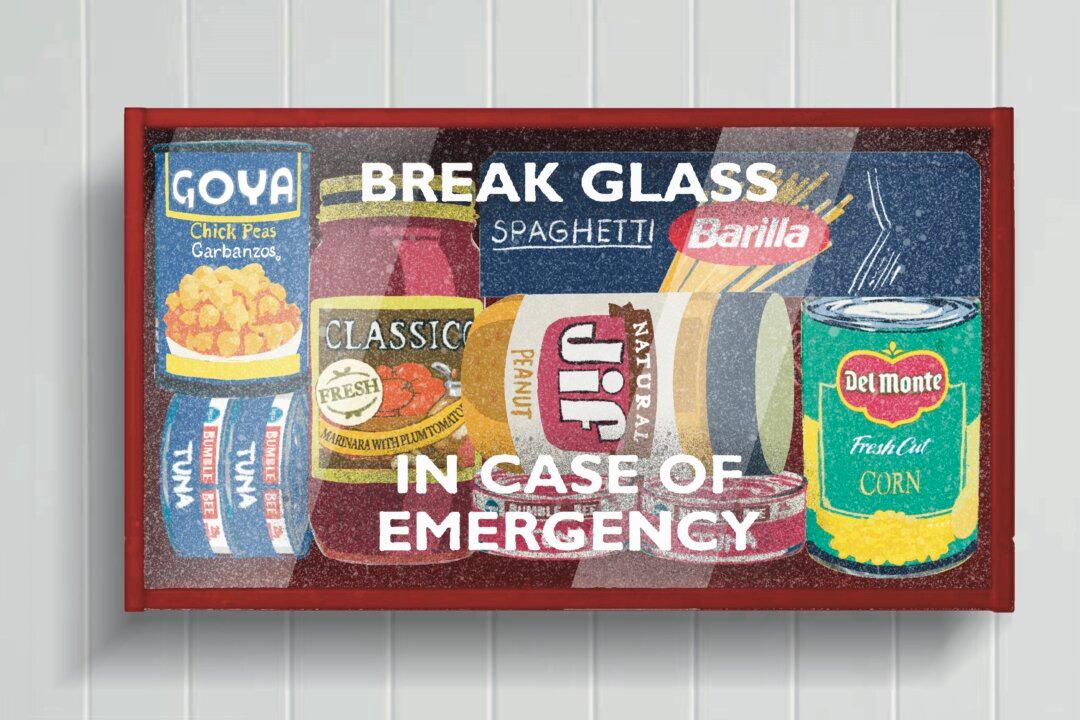If you’re old enough to remember the trauma surrounding Hurricane Katrina, you most likely remember the heart-wrenching scene of a young boy clutching his small, white dog, Snowball, only to have the dog forcibly pulled from his arms by a police officer.
The boy and his family were boarding a bus that would take them to a safer location, only to discover that dogs were not allowed.





